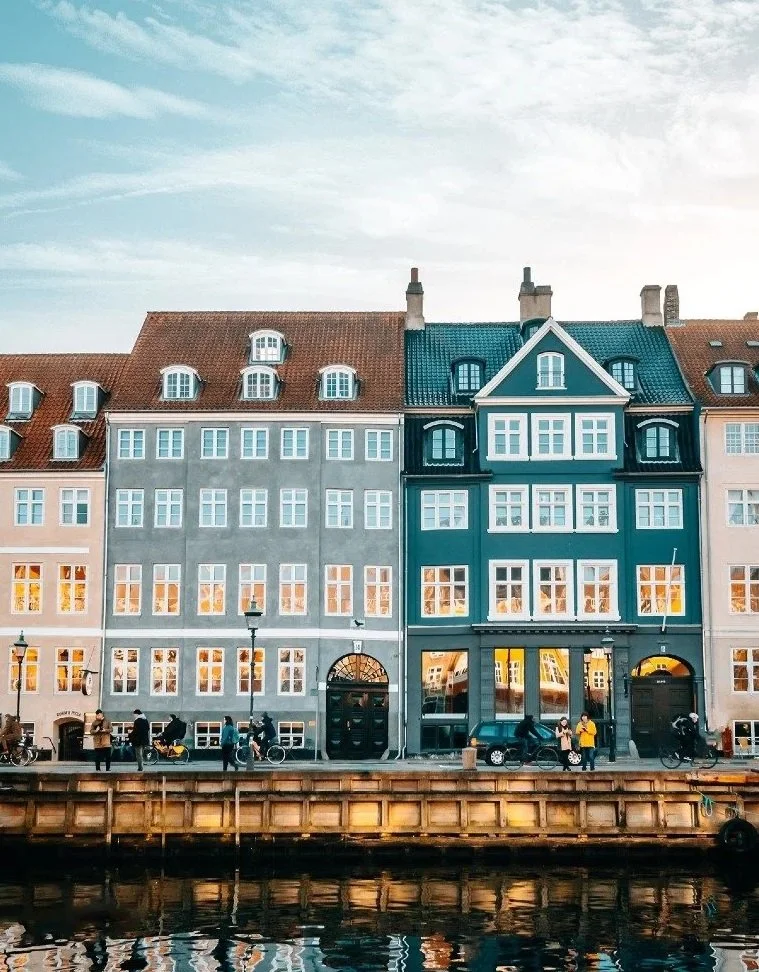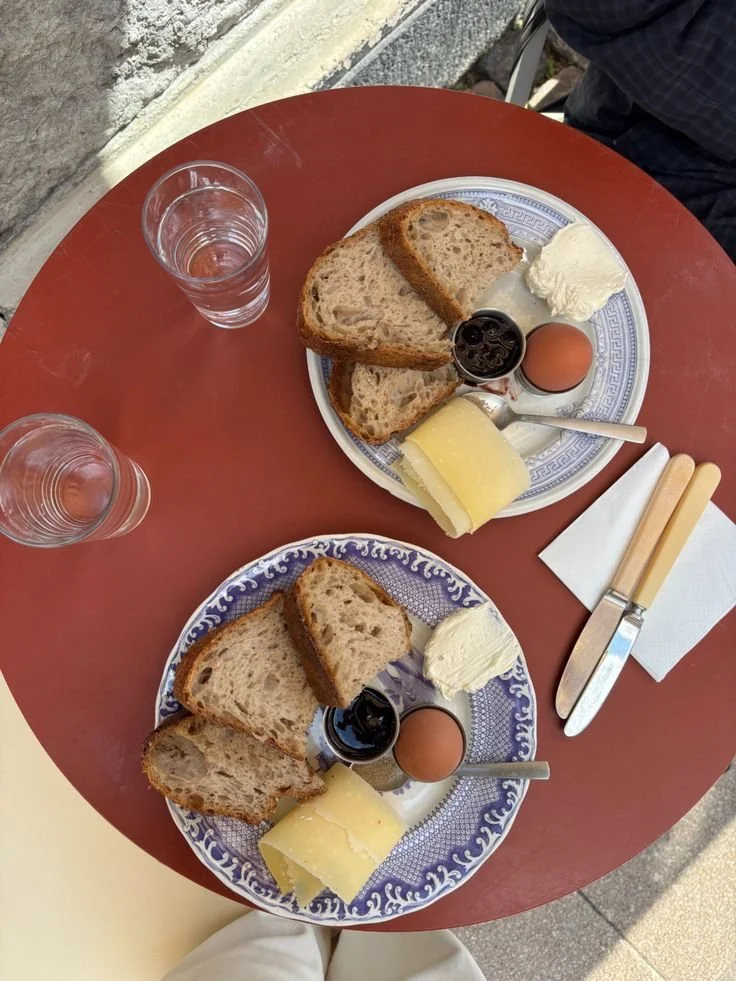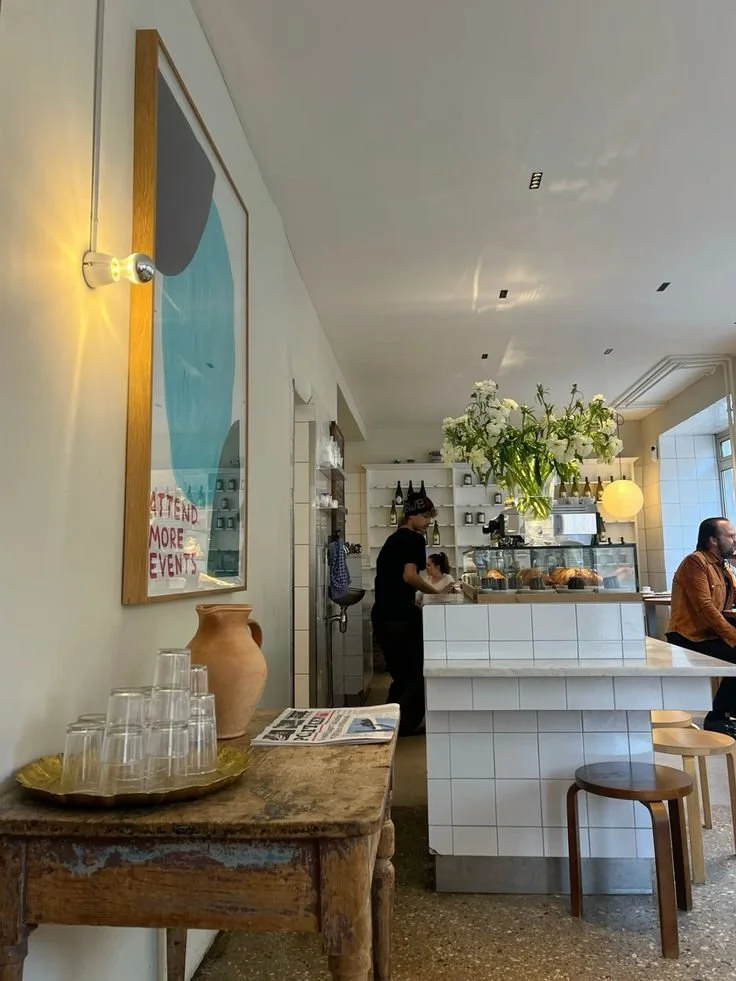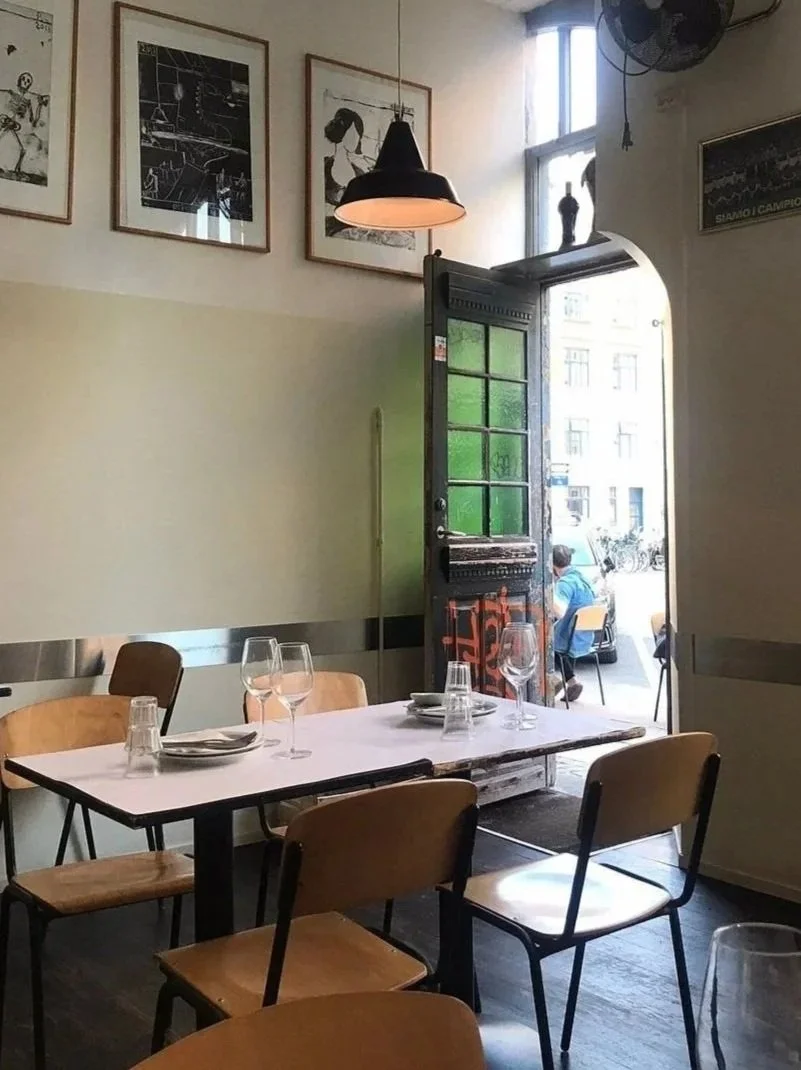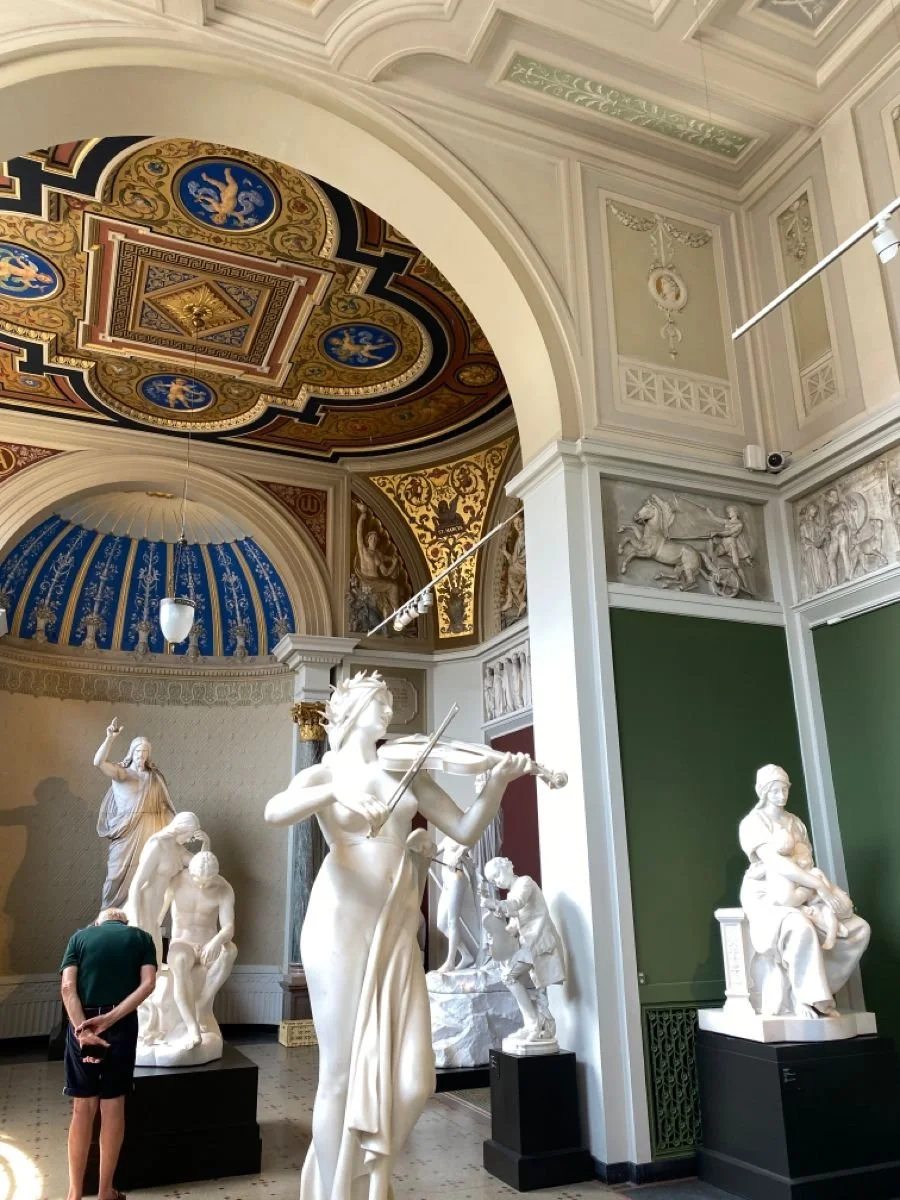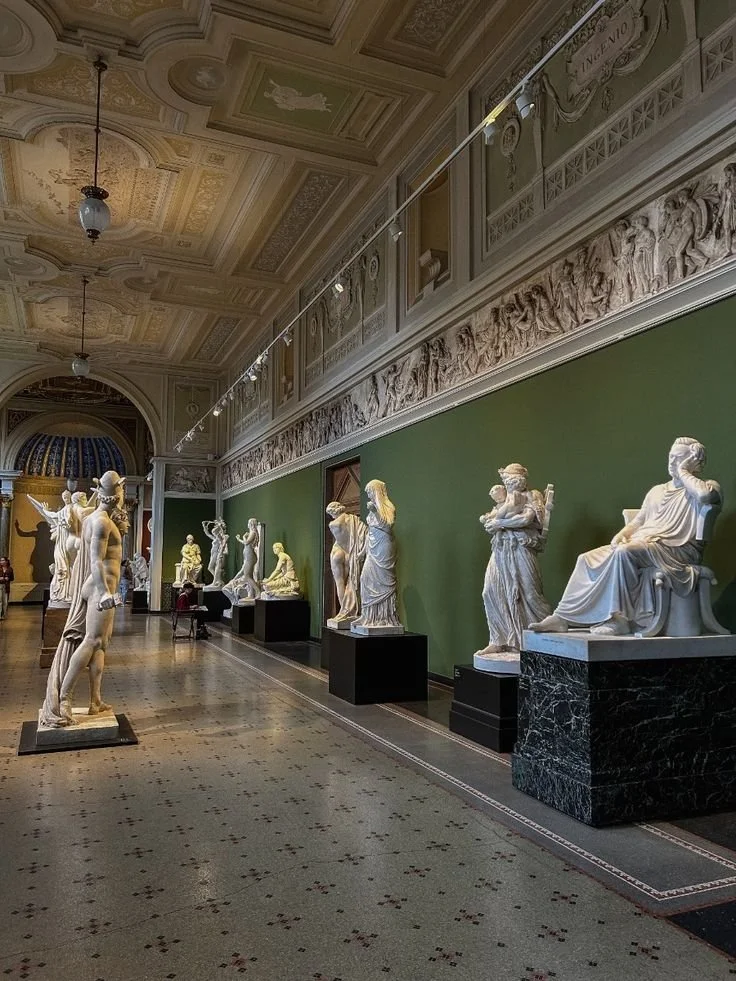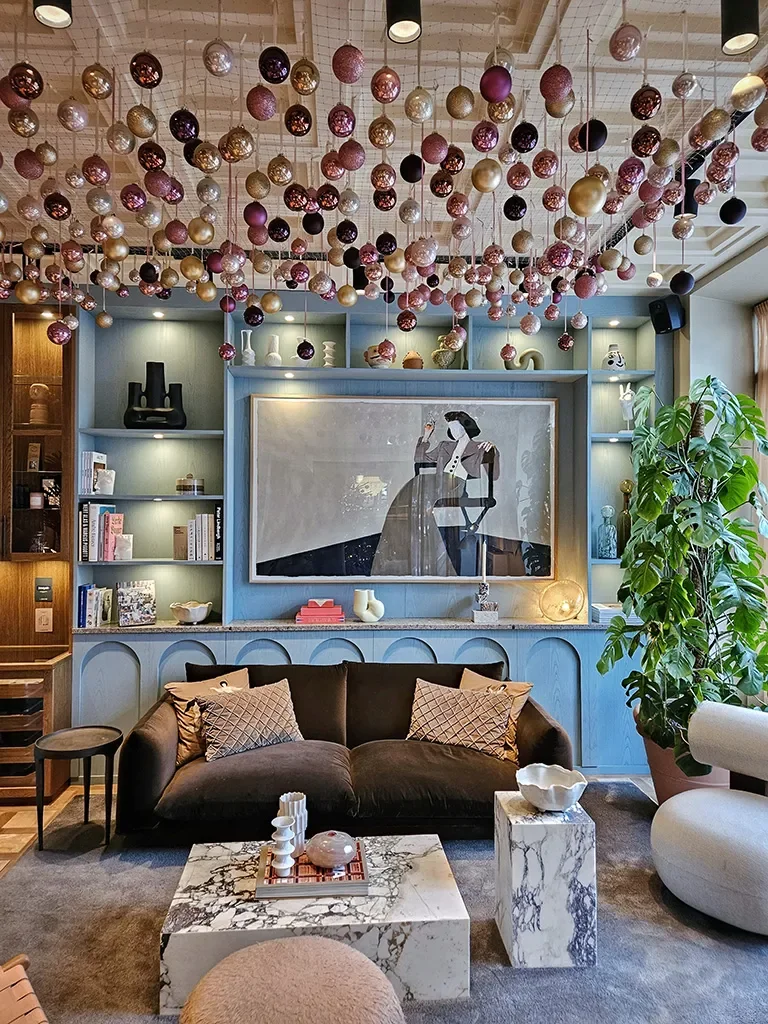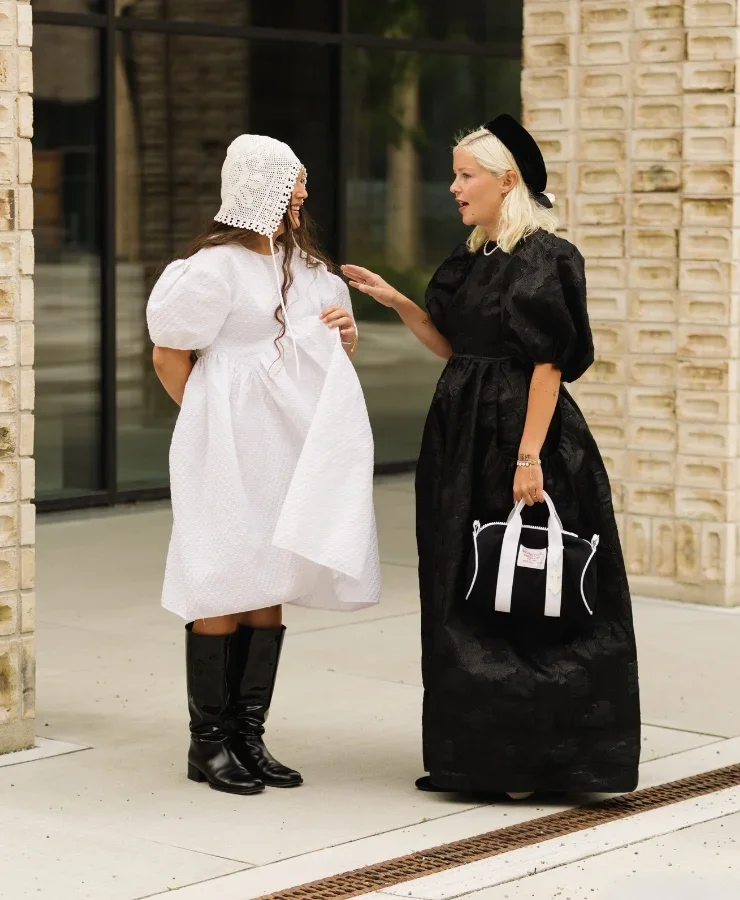Copenhagen Calling: The Fashion Week Inspiring Europe and the City That Hosts It
When people talk about fashion in Europe, the usual names come up first: Paris with its high drama couture, Milan with its glossy, glamorous runways, London with its edgy experiments. But recently, there has been a shift. Everyone’s eyes are sneaking northward, towards a city that feels less intimidating, more real, and yet impossibly cool: Copenhagen.
Over the last few years, Copenhagen Fashion Week (CPHFW) has transformed itself from a small, under-the-radar event into one of the most influential weeks on the European fashion calendar. What is fascinating is that it is not trying to compete with Paris or Milan on their terms. Instead, Copenhagen has carved out its own lane, blending sustainability, ease, and bold personality into a recipe that the rest of Europe cannot resist.
Instagram @copenhagenexplore
From the Nordics to the Rest of Europe
Instagram @cphfw
Copenhagen style has always been rooted in something the Scandinavians do exceptionally well: minimalism. Clean silhouettes, sharp tailoring, and pieces you can wear to work and then straight to dinner, or even on a bike ride across the city. What makes it exciting right now is how this minimalism has loosened up. It is not just beige coats and black trousers anymore. There is colour, joy, playfulness. Pastel tailoring. Oversized jumpers layered over silky slip dresses. Trainers with everything, even suits.
Street style has become just as powerful as the runway here. Every season, photographers fill the streets of Copenhagen, capturing editors, influencers, and models cycling from one show to the next. Those images hit Instagram within hours, and the ripple effect begins. Berliners are stepping out in playful pastel suits. Parisians are trading stilettos for chic ballet flats or sporty trainers. Londoners are layering prints and colours in a way that feels very “Copenhagen casual.” The point is, the trends do not stay in Denmark, they travel.
Sustainability as a Standard, Not a Buzzword
What really sets Copenhagen apart is its commitment to sustainability. While other fashion weeks often talk about being eco-conscious, Copenhagen has made it non-negotiable. Brands must meet strict environmental requirements simply to earn a spot on the schedule. That means sustainable fabrics, ethical production, and new business models such as rental platforms or resale initiatives.
This approach has forced a conversation across Europe. Stockholm and Helsinki have followed suit with similar rules. Berlin, already known for being eco-forward, has stepped up even more. In Paris and Milan, where luxury often overshadows sustainability, designers are now weaving in eco-conscious elements, partly because Copenhagen has made it impossible to ignore.
So while Paris still dazzles with couture and Milan with glamour, Copenhagen is rewriting what it means to be “fashion-forward” by proving that being stylish and being responsible can go hand in hand.
What It Is Actually Like to Be There
Atelier September
Pinterest @gracelachman
Pinterest @sophigerike
Osteria 16
Pinterest @cdarjanto
Pinterest @signebynger
Here is the thing about Copenhagen Fashion Week: it does not feel like chaos. Paris is a whirlwind of black cars, tight schedules, and paparazzi flashes. Milan is a glittering circus of celebrities and couture gowns. But in Copenhagen? It feels human.
Here is the thing about Copenhagen Fashion Week: it does not feel like chaos. Paris is a whirlwind of black cars, tight schedules, and paparazzi flashes. Milan is a glittering circus of celebrities and couture gowns. But in Copenhagen? It feels human.
The shows are scattered across historic courtyards, converted warehouses by the water, and airy art galleries. Guests do not arrive in limousines, they roll up on bicycles, balancing a latte in one hand and their phone in the other. The whole city hums with fashion week energy, but it never loses its everyday charm.
Part of that magic lies in where people gather. Between shows, editors often drift towards Atelier September for its light-filled interiors and legendary avocado toast, or Apollo Bar, an art-world favourite tucked into Charlottenborg, buzzing with conversation. For a long, elegant dinner, locals slip into Omar, a hidden gem serving an eight-dish chef’s menu that feels both refined and homely. If you are craving something more rustic, Osteria 16 brings Italy to Copenhagen with comforting pastas and a lively, unfussy atmosphere.
When it is time for a glass of something crisp, everyone seems to end up at Pompette, a Nørrebro natural wine bar with candlelit tables, affordable pours, and that sense of effortless cool that Copenhagen does so well.
Beyond the Shows: Where Fashion and the City Meet
Glyptoteket
Fashion week here does not live only on the runways. It spills into the streets and neighbourhoods. Shopping might mean browsing Strøget, one of Europe’s longest pedestrian streets, or digging through vintage racks in Nørrebro. For a more cultural pause, insiders often retreat to Glyptoteket, a museum filled with more than 10,000 works of art. In summer, its rooftop becomes a spot for twilight drinks overlooking the city; in winter, concerts echo beneath its grand glass dome.
Pinterest @lenka987654321
Pinterest @lxxnxvxcxxtx
Grand Joanne Lobby
And when night falls, the city’s hotels turn into fashion hubs themselves. The newest favourite is Grand Joanne, a boutique lifestyle hotel in Vesterbro blending heritage architecture with a contemporary, social spirit. Its rooftop bar and stylish rooms make it as much a gathering place as a place to sleep.
Pinterest @cheriecity
Why Europe Cannot Stop Watching
Instagram @noorunisa
Copenhagen’s influence feels powerful precisely because it is not intimidating. Paris gives us fantasy. Milan gives us glamour. Copenhagen gives us clothes we actually want to wear tomorrow.
Its fashion is attainable but never dull, stylish yet practical. A blazer paired with trainers, a slip dress softened with a chunky knit, or a coat made for cycling that still looks chic at dinner. These are outfits that translate instantly into everyday life. That balance between function and flair is deeply rooted in Scandinavian living, and it is what makes Copenhagen’s style so exportable.
Across Europe, the impact is clear. In Berlin, the playful tailoring and bike-friendly shoes mirror the city’s own lifestyle. In London, eclectic layering and bold colour combinations feel like a natural extension of the capital’s street fashion. Even in Paris, where polish once reigned supreme, ballet flats and understated trainers are increasingly replacing stilettos.
What also sets Copenhagen apart is its joyful approach to minimalism. Colour is not timid here. Pastels and brights are mixed confidently, while prints and textures are layered with ease. The result is casual elegance that feels effortless rather than over-styled.
Street style plays a huge role as well. Photographers capture not only celebrities but also editors and locals cycling past, creating images that feel accessible. They tell the world, “You can wear this too”. That sense of inclusivity, combined with Copenhagen’s purpose-driven sustainability, explains why the rest of Europe is not just watching but eagerly adopting the look.
The Takeaway
If you ever get the chance to visit during fashion week, do not hesitate. You will see fashion not as something distant or untouchable, but right there in front of you, on a bike ride, at a café table, in a candlelit wine bar, or on a cobblestoned street corner. You will leave with outfit ideas, certainly, but also with a sense that style does not have to be complicated to be inspiring.
Copenhagen is not just hosting a fashion week. It is hosting a whole new way of thinking about fashion: stylish yet wearable, cutting-edge yet sustainable, local yet globally influential.
And the rest of Europe? They are not just watching. They are following.
